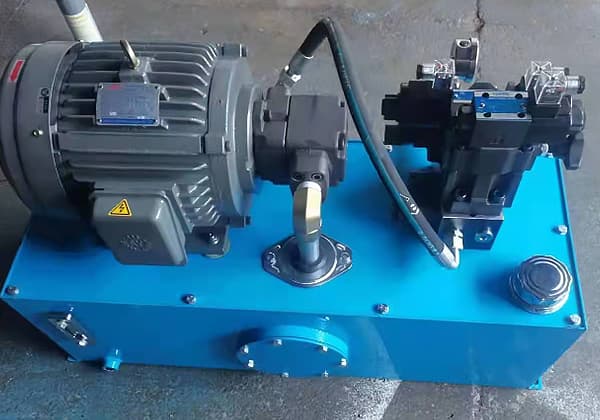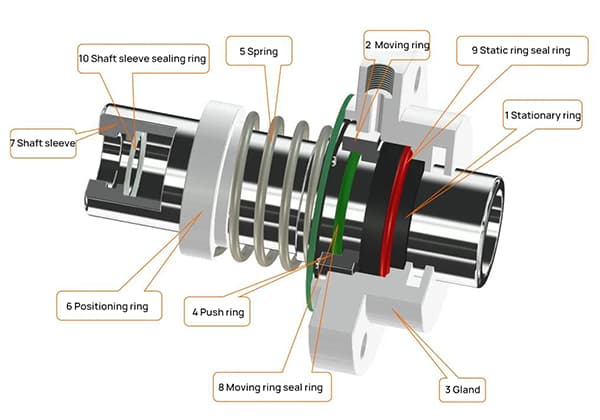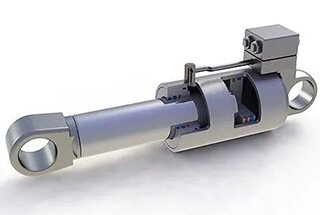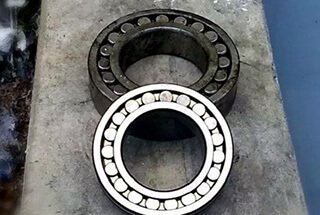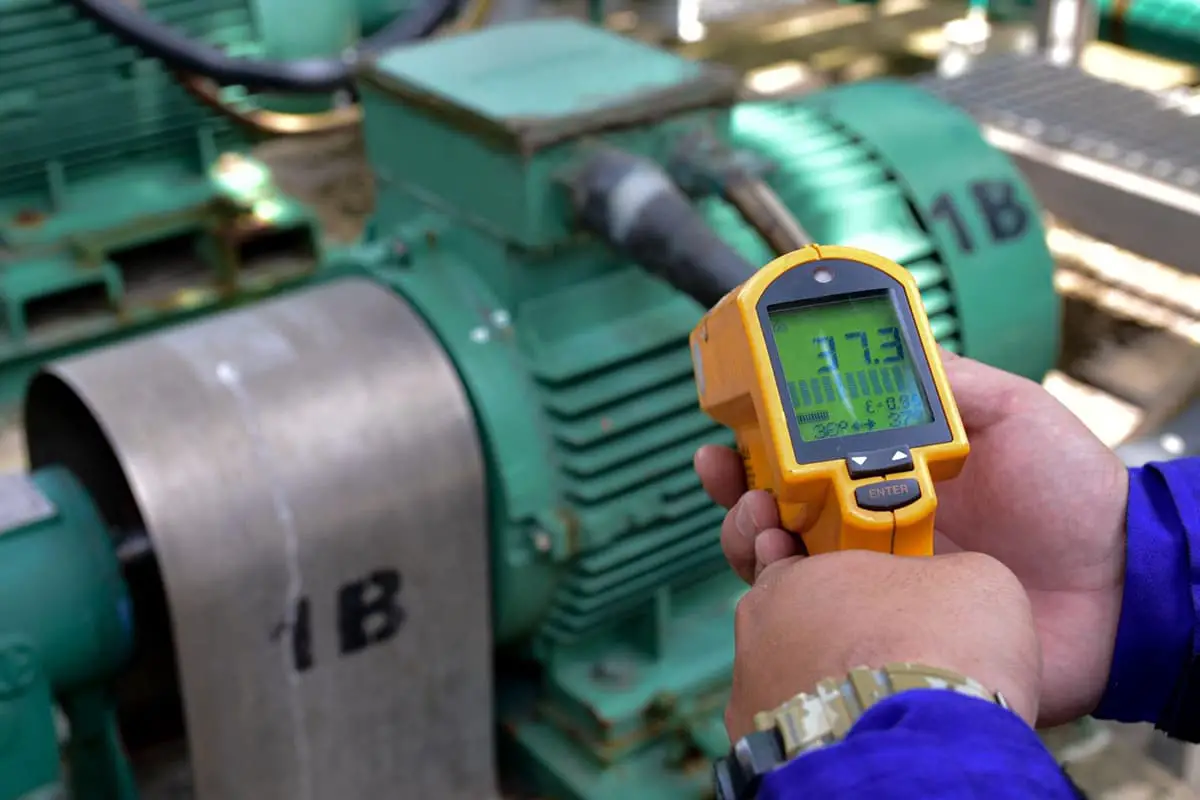
Why do motor bearings overheat, and how can you tell if the temperature is abnormal? Understanding the standards for bearing temperature is crucial, but real-world conditions often require more nuanced assessments. This article explores the importance of not just adhering to national standards but also considering environmental factors and the specific circumstances of each motor. Learn how to make informed judgments about motor bearing temperatures to prevent failures and ensure reliable operation.
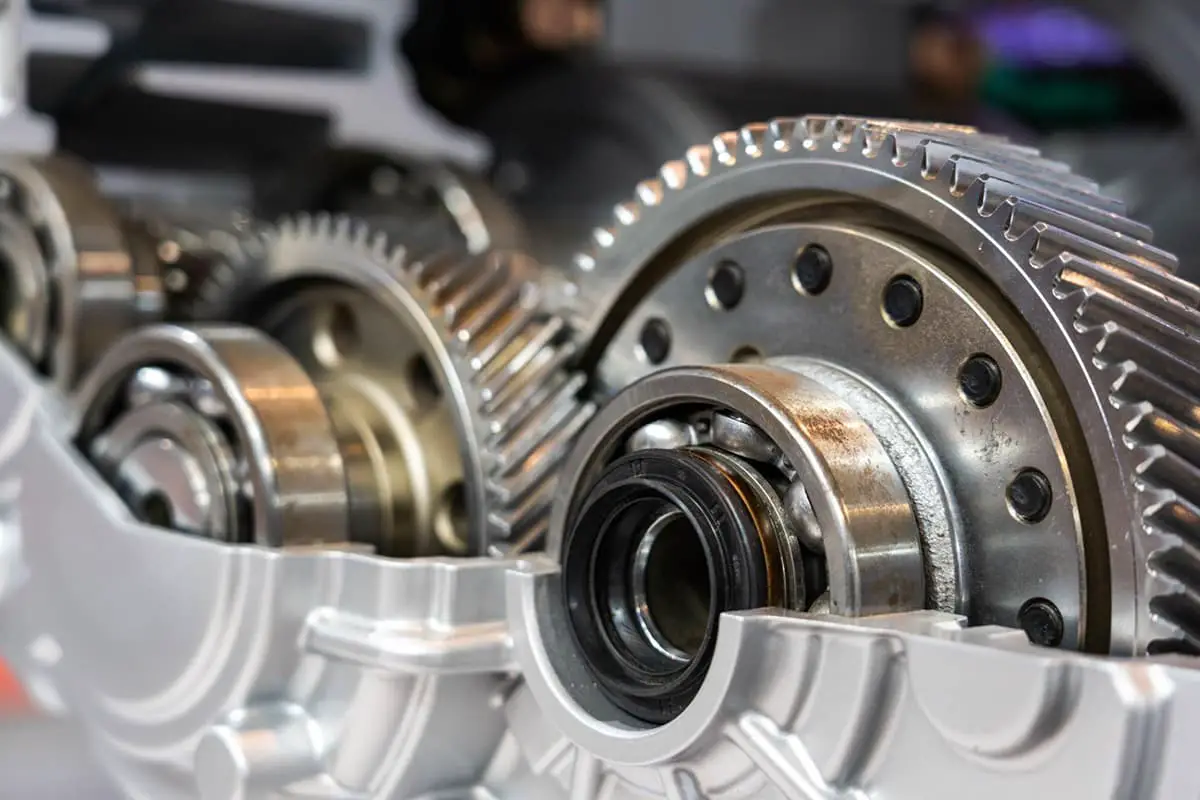
How should we determine if a motor bearing’s temperature is abnormal under actual working conditions?

Typically, most motor engineers will make judgments according to some corresponding national standards. Some common motor temperature standards are as follows:
1. GB3215-82 4.4.1: During pump operation, the maximum bearing temperature should not exceed 80°C.
2. JB/T5294-91 3.2.9.3: The rise in bearing temperature should not exceed the ambient temperature by 40°C, the maximum temperature should not exceed 80°C.
3. JB/T6439-92 4.3.3: When the pump is running under specified conditions, the external surface temperature of the internal bearing should not be more than 20°C above the temperature of the conveyed medium, and the maximum temperature should not exceed 80°C. The external surface temperature of the external bearing should not rise more than 40°C above the ambient temperature. The maximum temperature should not exceed 80°C.
4. JB/T7255-94 5.15.3: Bearing operating temperature. The rise in bearing temperature should not exceed the ambient temperature by 35°C, and the maximum temperature should not exceed 75°C.
5. JB/T7743-95 7.16.4: The rise in bearing temperature should not exceed the ambient temperature by 40°C, and the maximum temperature should not exceed 80°C.
6. JB/T8644-1997 4.14: The rise in bearing temperature should not exceed the ambient temperature by 35°C, and the maximum temperature should not exceed 80°C.
However, in engineering practice, can we solely rely on these national standards to determine if they’re completely aligned with actual conditions?
For instance, we frequently encounter the following questions in practice:
The standards mention 75 ℃ and 80 ℃, which one should I choose?
Is it correct to declare a problem as soon as the motor operating temperature exceeds the standard? For example, if the standard is 80 ℃, and the motor bearing temperature is consistently at 82 ℃, should we necessarily conclude there’s an issue?
I’ve seen many articles that directly apply national standards verbatim. Quite a few perspectives use a single temperature “redline” as the benchmark for determining whether bearing temperatures are abnormal. From many years of engineering practice, I believe such rigid application is inappropriate.
Firstly, national standards come with certain environmental prerequisites. The actual engineering environment requirements differ from those stipulated by the national standards.
Secondly, national standards provide guidelines for common situations. The bearing’s stress and heat dissipation vary under different circumstances. Add potential bearing design, installation, and usage issues into the mix, and a host of complications arise in applying these standards.
That’s why when I discuss bearing temperatures, I don’t directly address judgment criteria. Instead, I start from basic concepts of bearing temperatures and temperature distribution. Understanding these basic concepts allows for more rational and practical judgments on whether a bearing temperature is abnormal or not.
Therefore, I generally recommend using national standards to assess motor bearing temperatures, but it’s crucial to make an integrated judgment by considering the temperature difference between the bearing and surrounding components, as well as the bearing’s own temperature distribution. This approach can help avoid or explain the following issues:
The motor bearing temperature has not exceeded the limit, but a sudden drastic change in temperature causes bearing burnout.
The motor bearing temperature has not exceeded the limit, but localized high temperatures lead to bearing burnout.
The motor bearing temperature has exceeded the limit, yet the bearing operates stably without issues.
In a high-temperature environment, the motor bearing temperature exceeds the limit, triggering frequent alarms.
The motor is overheating severely, the bearing temperature consistently exceeds the limit, and changing bearings doesn’t help.
Of course, up to this point, we’ve only discussed how to identify anomalies. The reasons causing these anomalies will gradually unfold in the future!
In summary, assessing anomalies in motor bearing temperatures should not rigidly adhere to certain national standards. It requires a comprehensive understanding of basic bearing temperature knowledge and making judgments based on surrounding circumstances. At the same time, it’s important not to overlook national standards.


